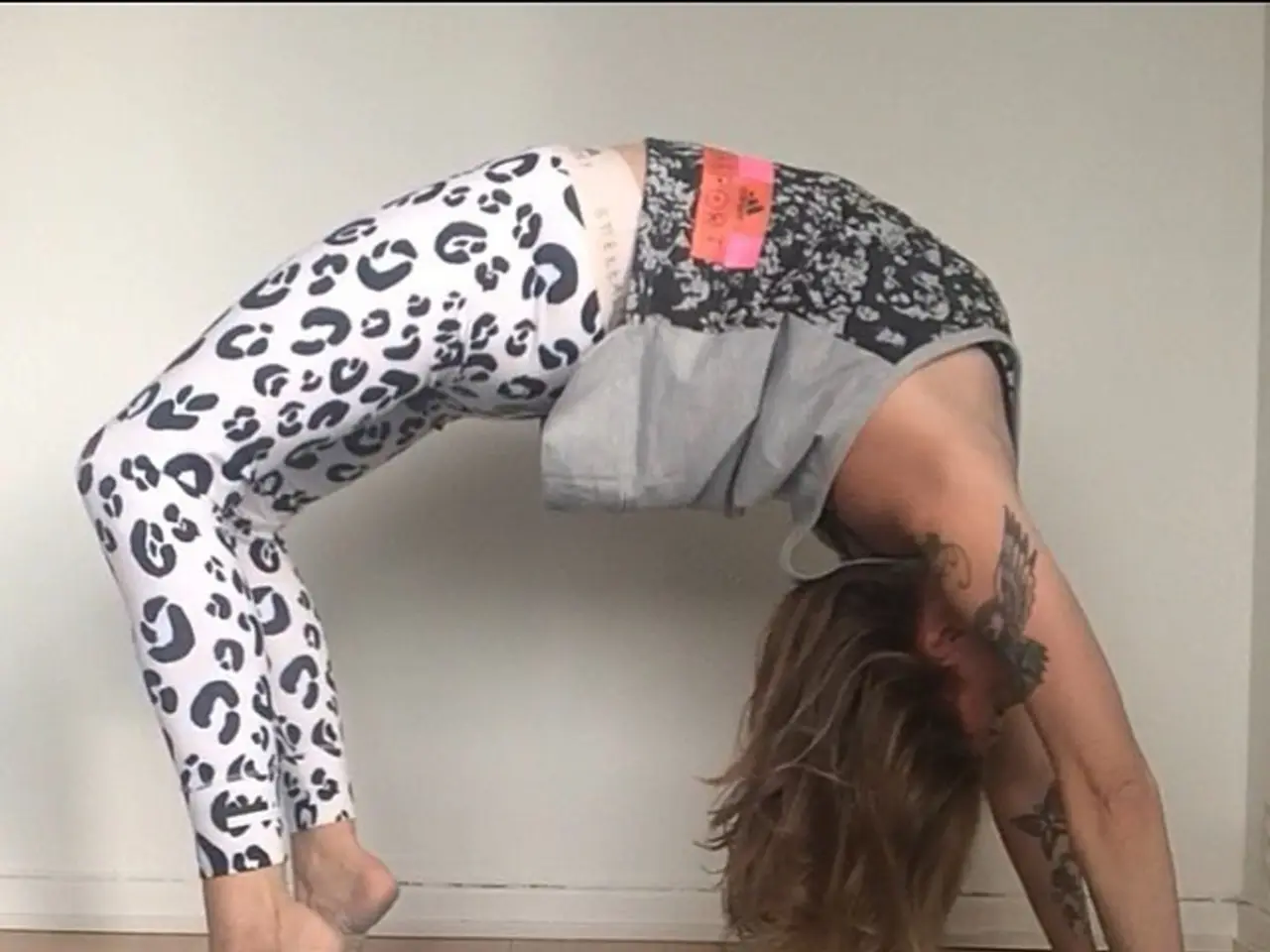Guide on Choosing the Appropriate Yoga Style for Yoga Teacher Training (YTT)
In the world of yoga, there's a vast array of styles to choose from when embarking on a teacher training journey. To make an informed decision, consider personal preference, teaching style, and community needs.
Personal Preference: Reflect on your own yoga practice interests. If you're drawn to a physically demanding practice, Ashtanga Yoga, with its structured sequences and focus on physical flow and strength, might appeal to you. On the other hand, if you prefer a more fluid, rhythmic movement linking breath and movement, Vinyasa could be your calling. For those seeking a balanced approach incorporating posture, breath, and meditation, Hatha Yoga could be the perfect fit [1][3].
Teaching Style: Consider how you want to teach. Do you aspire to provide precise instructions and adjustments, as in Ashtanga, or prefer a more flowing, adaptable sequence? Developing the ability to lead classes with confidence and cater to various students' needs is crucial [1][2][4].
Community Needs: Identify the profile and preferences of the students you anticipate teaching. For instance, beginners may require a style or training that emphasizes foundational knowledge, modifications, and accessibility. A community that prefers gentle or therapeutic yoga may benefit from training in Restorative or Yin styles, while athletic or physically active students may lean towards Vinyasa or Ashtanga [2][5].
Beyond these key factors, additional practical considerations include the format of training (in-person or online) and certification and program content [4]. Some trainings incorporate diverse components such as philosophy, meditation, anatomy, pranayama, and additional specialties like trauma-informed yoga or Ayurveda, which might align with your personal interest or community needs [1][5].
Ultimately, the best teachers carry presence, hold stories, and teach what they practice and love. Remember, the decision of choosing a yoga style for teacher training is based on personal interest and long-term enjoyment, rather than current trends.
Yoga isn't just something you do, but something that transforms you inside and out. By choosing the right yoga style for teacher training, you're not only deepening your practice but also sharing it with others, potentially creating a new space that didn't exist before.
[1] Yoga Journal. (2021). The Best Yoga Styles for Every Type of Yogi. Retrieved from https://www.yogajournal.com/practice/yoga-styles
[2] MindBodyGreen. (2021). The 7 Most Popular Yoga Styles and What They Offer. Retrieved from https://www.mindbodygreen.com/articles/7-popular-yoga-styles
[3] Yoga Alliance. (2021). Yoga Styles. Retrieved from https://www.yogaalliance.org/YA/Yoga_Styles
[4] Yoga Teacher Central. (2021). Choosing a Yoga Teacher Training Program. Retrieved from https://yogateachercentral.com/choosing-a-yoga-teacher-training-program/
[5] Yoga International. (2021). Yoga Styles for Every Body. Retrieved from https://yogainternational.com/article/view/yoga-styles-for-every-body
- For those interested in scientific approaches and gaining a holistic understanding of yoga, programs that incorporate philosophy, anatomy, and mindfulness might be worth investigating.
- If you value health-and-wellness, consider trainings that teach not only physical postures but also emphasize the connection between yoga, mental well-being, and lifestyle choices, such as a balanced diet and stress management.
- If you're passionate about experimenting with different food-and-drink recipes, explore teachings that include Ayurvedic diet and nutrition principles, fostering the integration of yoga and cooking into your philosophy.
- Aspiring fashion-and-beauty enthusiasts may find value in trainings that delve into yoga's impact on inner beauty, body acceptance, self-care, and the creation of a positive and accepting yoga community.




